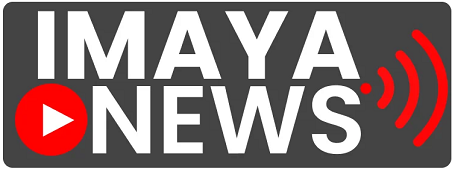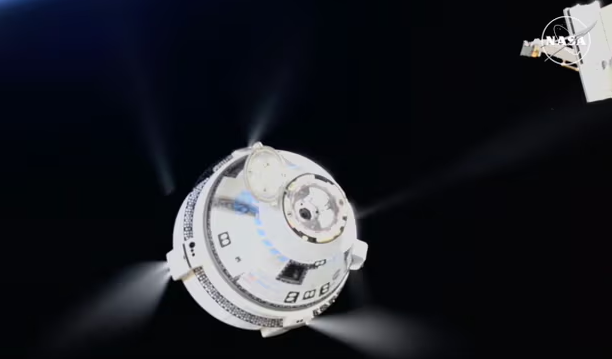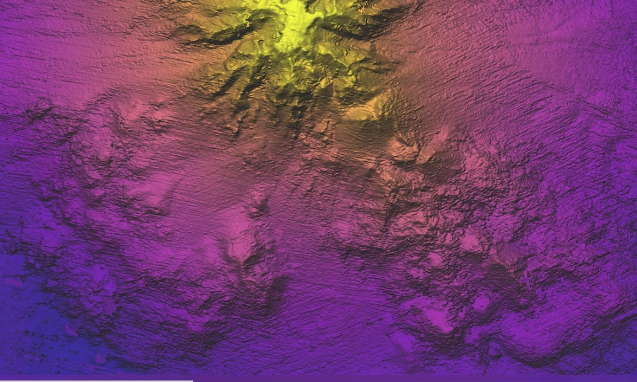New Mexico: Boeing’s Starliner capsule has returned to Earth without astronauts, following a mission fraught with delays and technical issues. The capsule, which landed at the White Sands Space Harbor at 0401 GMT (9:30 am local time), completed its descent safely with the help of parachutes and airbags. This return marked the end of a test mission that began with high expectations.
Originally, the mission was set to be a weeklong test, aimed at certifying Starliner for crew transport to and from the International Space Station (ISS). However, unforeseen malfunctions, including thruster issues and helium leaks, prompted NASA to opt for a safer alternative. The astronauts, Sunita Williams and Barry E. Wilmore, were instead brought back by a SpaceX Crew Dragon, with their return now scheduled for February 2025.
During reentry, the Starliner capsule endured temperatures of 3,000 degrees Fahrenheit (1,650 degrees Celsius), creating a dramatic scene as it streaked across the night sky with reported sonic booms. The spacecraft landed softly, a crucial step for Boeing to regain confidence after previous setbacks.
This latest mission was crucial for Boeing to demonstrate reliability after several prior issues. The company has faced a series of delays and technical problems, including a problematic first uncrewed test flight in 2019 and additional delays due to technical glitches in subsequent attempts. Despite extensive ground testing and assurances from Boeing, NASA remained cautious about certifying the spacecraft.
Steve Stich, NASA’s Commercial Crew Program manager, noted that while Boeing had confidence in their thruster degradation models, NASA’s team found the models uncertain, leading to a tense decision-making process. Shortly after undocking from the ISS, Starliner performed a “breakout burn” to ensure it cleared the station safely, a maneuver that would have been critical if crew members were aboard.
Mission teams then conducted thorough checks of Starliner’s thrusters before executing the vital “deorbit burn” that guided the capsule onto its reentry path. Despite high hopes for a successful landing, NASA will now conduct a detailed review of the mission’s performance before deciding on the next steps.
Boeing and SpaceX were awarded multibillion-dollar contracts over a decade ago to develop spacecraft for astronaut transport, following the end of NASA’s Space Shuttle program. While SpaceX has successfully transported astronauts since 2020, Boeing’s Starliner program has struggled with a series of setbacks.
In 2019, a software glitch during Starliner’s first uncrewed test flight prevented it from docking with the ISS. Further issues included blocked valves in 2021 and weak parachutes on the 2022 mission. The current mission was also marred by delays, with astronauts Wilmore and Williams being prepared for flight twice before last-minute scrubs.
As Boeing continues to address these challenges, the company and NASA are working towards ensuring the Starliner can eventually meet the rigorous standards required for crewed spaceflight.



